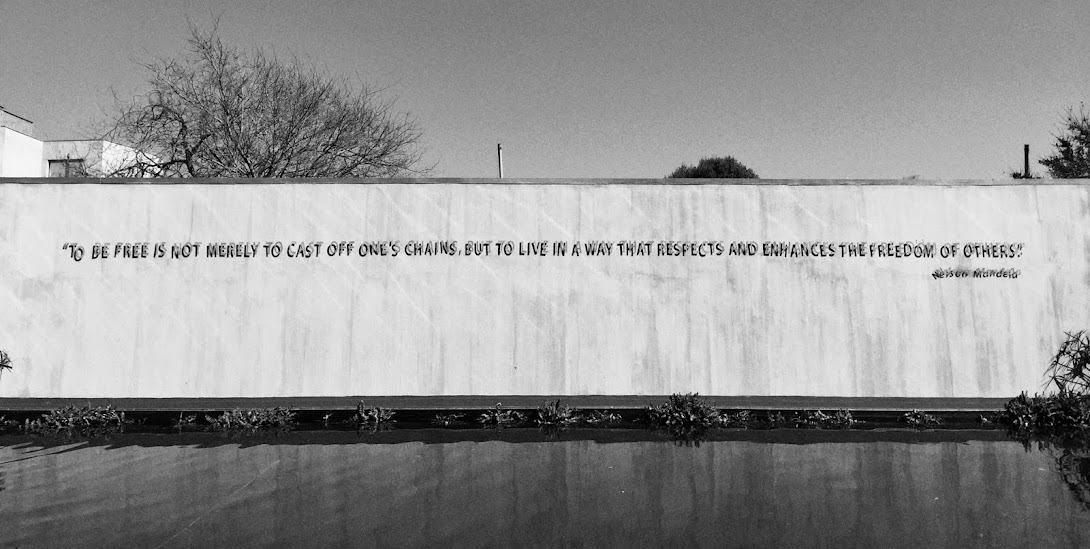We live not only in a place, but also a time.
I never understood, truthfully, (and despite extensively quoting it in drafts and redrafts and final drafts of essays and my undergraduate dissertation; wherever memory was concerned), David Lowenthal’s line: ‘the past is a foreign country’. Until I put time and place together as adjuncts: suddenly both were inhabited and necessary to identity, fundamental to it. You cannot abstract the past from time: history without time is absurd, nonsensical, and memory without the backbone of temporality ceases to exist. Similarly, any notion of the future without reference to time simply isn’t ‘the future’. The shared temporal reference core to both concepts is the present: the origin of the axes of time (that is: coordinates (0,0)) from which we read the graphs of past and future. As such, time, like identity itself, is a matter of alterity: that which something is defined against and is itself defined against something else, never an abstract independent. I am in the present because I am not in the past; that is the past because it is different to now, lived in the tense that is occupied; this is the future because it is different to now, vacant of experience. I am who I am because of my past and that which is my future. We are who we are because this is our past and this is our future.
We are a country that shall defend our island, whatever the cost shall be, we shall fight on the beaches and we shall never surrender. We are a county whose heritage is mining. We are a city of learning and academic excellence, the names of scholars more numerous than the faces hanging in our great halls. I am a ‘90s kid, because I understand this set of niche cultural references those born in the 2000s could never ‘get’. The various claims made on time in these examples are fundamental to the identities they list at various spatial scales, from nation to individual body.

